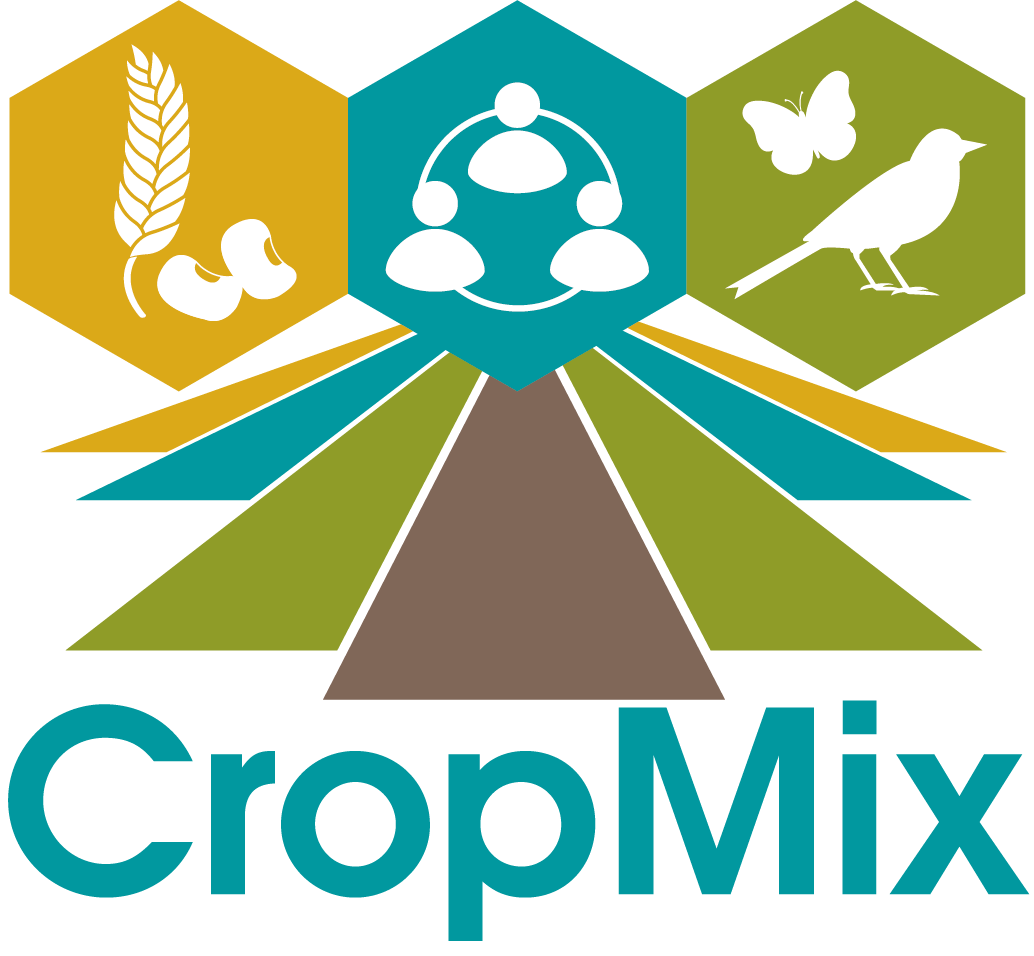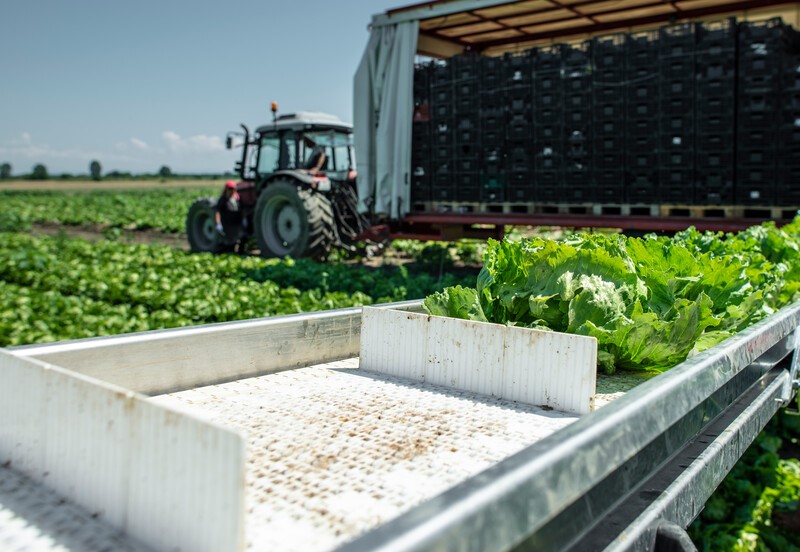On this page you can find summaries of the results from CropMix's research on mixed cropping systems. Use the tabs to browse between the different topics. You can find the list of scientific publications here.
In addition to scientific publications, CropMix also produces practical information. You can find our non-scientific output and products here..
Results from work package 1 Agro-ecology.
Decision rules of frontrunner farmers in The Netherlands
Strip cropping is an alternative to monoculture that can already be integrated into the current agricultural system...
More crop diversity and higher yields in strip cropping despite more herbivorous insects
Meer plantetende insecten én hogere opbrengst, het klinkt te mooi om waar te zijn. Uit onderzoek van…
Strip cropping increases yield and turnover
RESULTATEN Strokenteelt verhoogt opbrengst en omzet Meerjarig onderzoek op ERF BV toont een hogere o…
Strip cropping improves plants' defences against pests through the soil
The study shows promising results of strip cropping and soil health. It indicates that strip cropping...
Improved biological control in strip cropping
Parasitic wasps in strip crops know better how to suppress cabbage white.
Results from work package 2 | Socio-economics, technology and logistics.
Results from work package 3 | Institutional change.
More research
Would you like to get in touch with one of the researchers? Send us an email at cropmix@wur.nl




